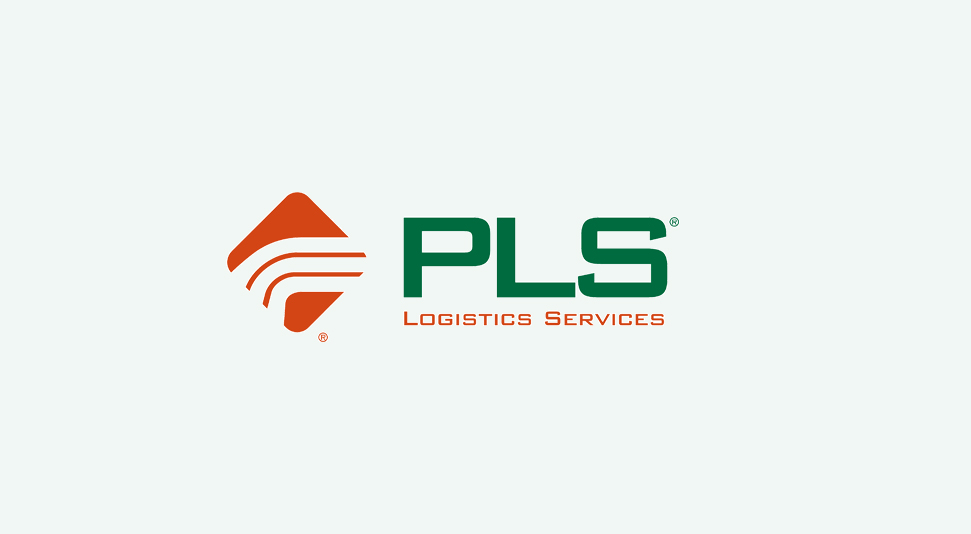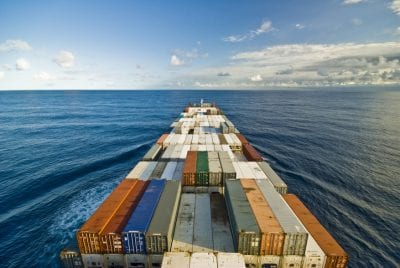5 Trending Transportation Updates: October 2016

Uber’s Plan for Long-Haul Trucking. Uber Technologies acquired Otto, a self-driving truck startup. The goal is for Otto-branded trucks and trucks equipped with Otto technology to begin hauling freight next year. The Uber-Otto freight move model includes technologies like navigation, mapping and tracking. Uber is aiming to establish itself as a freight hauler and technology partner for the $700 billion-a-year trucking industry. On October 20, Uber reached a landmark milestone by completing the first ever commercial cargo run for a self-driving truck.
4 Common Myths about TMS Software
Despite the common TMS myths, it lets companies understand their processes while reducing costs, and forecasting accurate demand.
PLS Logistics Services Remains One of the Nation’s Fastest Growing Companies

PLS Logistics Services (“PLS”), a leading provider of technology-enabled transportation management and freight brokerage services, was recognized on the 2016 Inc. 5000 list of America’s fastest-growing private companies. The prestigious ranking represents the most successful private companies in America.
Shipper Strategy: Factors That Will Influence 2017 Transportation Management

By 2017, the US population is expected to rise to 332 million, a 70% increase from fifty years ago. Population growth in cities is placing a strain on existing transportation systems and creating demand for more transportation choices. Industries and consumers depend on the consistent, timely flow of goods and services. The mounting volume and availability of information and the rapid development and adoption of technologies is transforming all aspects of life – including transportation.
Will Cuba be the Next Major Transportation Hub?

For cargo shipping, focus is on the Cuban port, Container Terminal Mariel (TC Mariel) which opened in January 2014. The Obama Administration has made it easier for container services to add Cuba as a port of call since they’ve reopened embassies and ended a 54-year diplomatic standstill with the country. In May 2016, the first US cruise ship docked in Cuba since 1978 – opening the door to more travel and business with Cuba, but there are still limitations on trade in goods and services – the US trade embargo is still in place.
3 Technology Applications to Advance Your Supply Chain

The fast e-commerce environment, which is increasing competition, and the initiative to use data to analyze trends and operational efficiency are contributing to the demand for hi-tech logistics solutions. Technology is the key driver of an organization’s supply chain efficiency and success. Shippers are familiar with transportation management software (TMS) systems that give them a competitive edge. New tools like mobile apps, cloud-based software, and big data provide shippers immediate, enhanced visibility that breaks silos and generates communication, collaboration and efficiency.
How to Use a TMS to Manage Inbound Transportation

TMS for inboundInbound freight management is multifaceted and can eat up more than 40% of the average organization’s annual freight budget, according to Aberdeen Group. However, using a TMS for inbound shipments can help prevent unwanted costs.
The 3 Most Popular Uses of TMS Technology

how to use TMSSupply chains are increasingly complex, and companies who leverage technology find competitive rates, enhanced operations, greater flexibility, and cost reductions.

